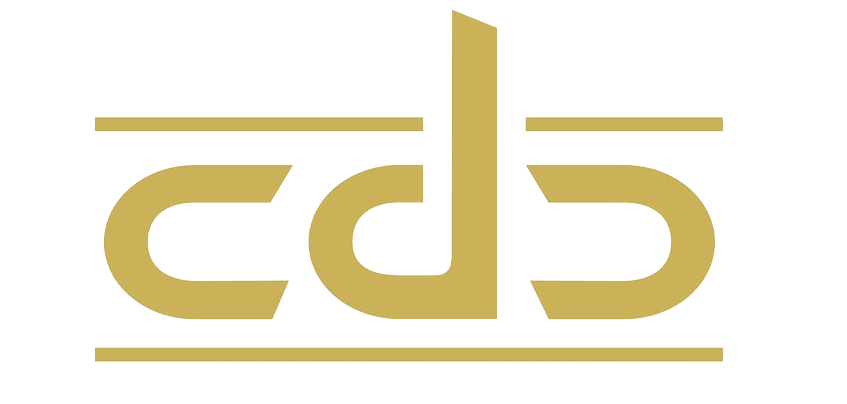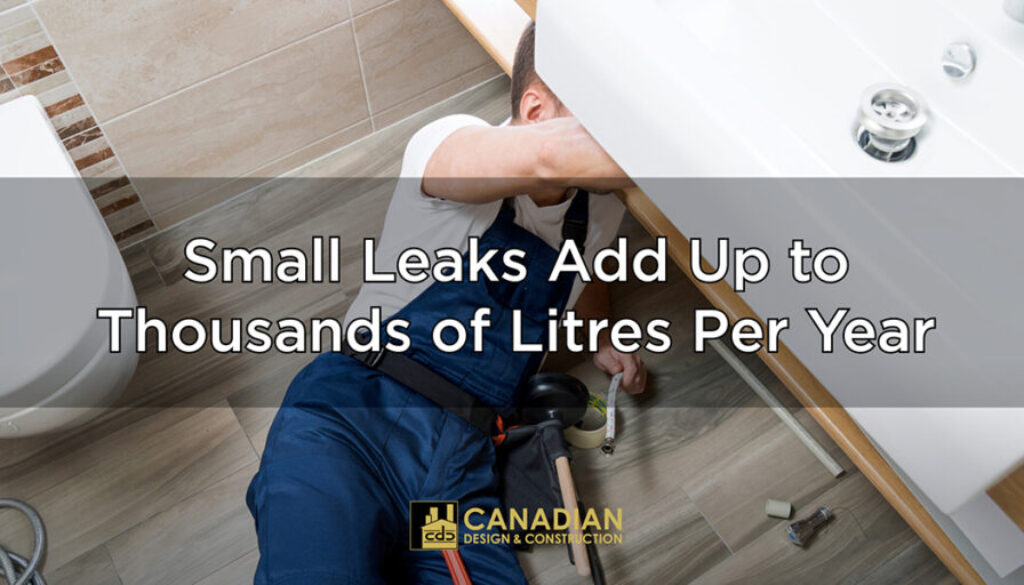Although avoiding cost increases keeps your building’s occupants happy (and makes your job easier), there are so many other reasons to keep your building’s water usage in check. From an increase in property values and a reduction in operating costs to countless environmental benefits, lowering your building’s water costs should be a priority. Here are three ways to start conserving water in your building starting today.
Complete Preventative Maintenance
When completing your next scheduled regular inspection of each unit, make water-based device maintenance a priority.
Flappers should be replaced yearly. When faulty, they can do one of three things: require multiple flushes, waste water with every flush or cause water to run constantly. Knowing whether a toilet is leaking can be tricky – but food colouring can help. If, after dropping food colouring into the tank, the dye appears in the bowl, the toilet is leaking. This could be caused by mineral buildup in the rubber parts or a faulty flapper.
To further conserve water, consider installing some affordable water fixture upgrades. Faucet aerators increase oxygen saturation and reduce water flow without causing a noticeable difference during water use. Installing inexpensive tank banks or float boosters can save ten or more gallons of water daily.
When a unit becomes vacated, complete a thorough inspection of its faucets, pipes and appliances to ensure they are in good working order. Leaks can only be stopped when they are detected. Consider installing a water monitoring service that alerts you about leaks and other waste issues.
Educate Your Tenants
Educational campaigns focusing on how unit owners can conserve water can make a huge impact on water bills and building operation costs.
Even small changes are beneficial when it comes to water conservation. For example, by encouraging unit owners to repair or report any small leaks in their units, hundreds of gallons of water can be saved yearly. A leaky shower can waste up to 10L of water a day. That’s a lot of money down the drain. A small leak in a shower can cost approximately an extra $20 per month. If even 20 units in your condo building have small shower leaks, that’s an extra $400 a month of unnecessary costs.
How to conserve water while showering, washing dishes and brushing teeth are only a few topics to include in your water conservation seminars.
Complete a Water Audit
Newer water-using fixtures and equipment are more energy-efficient, provide greater water conservation and reduce the cost of water. Although replacing your building’s water systems can be expensive, it can often save money in the long run.
A water audit provides you with information regarding where water’s being used and how much is being used at each location. This expert analysis highlights areas where water savings is possible and will provide you with retrofit options for your building.
CDC Can Help
Want more help with implementing water savings in your building? Contact CDC’s Plumbing and Mechanical Division to schedule a water conservation audit today at 905-615-1111. Or visit www.cdcpro.ca to learn more information.
By Sarah McKenzie





